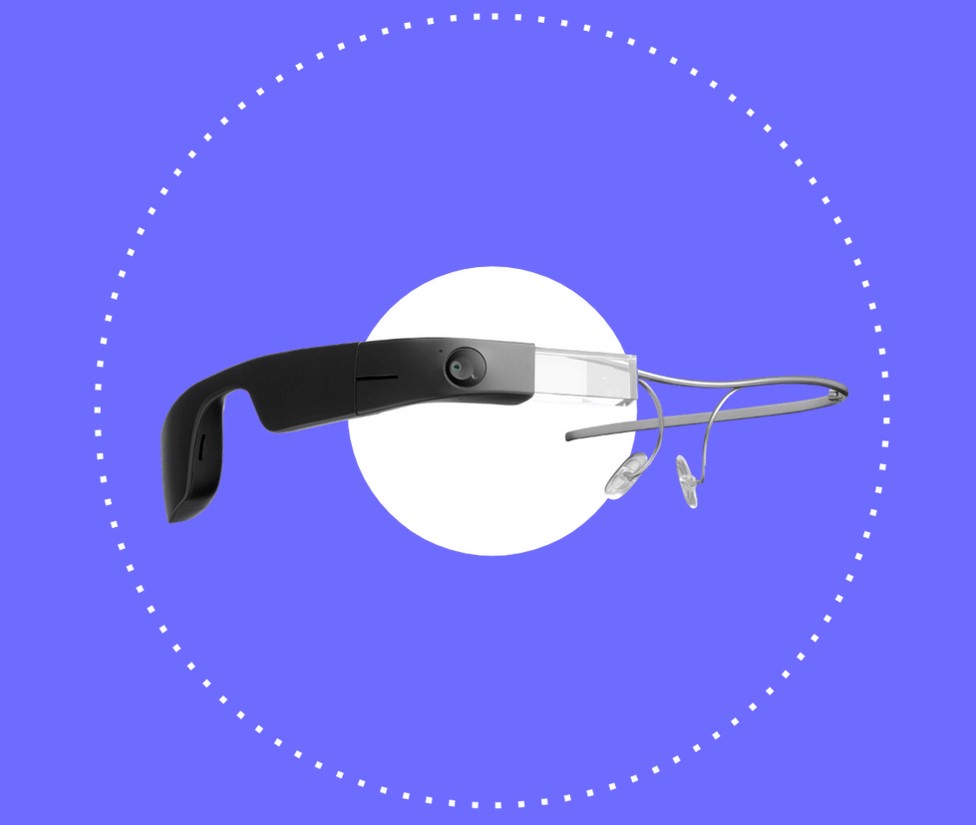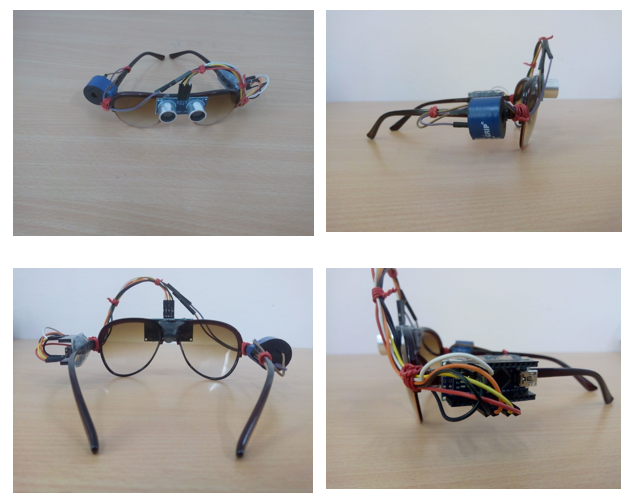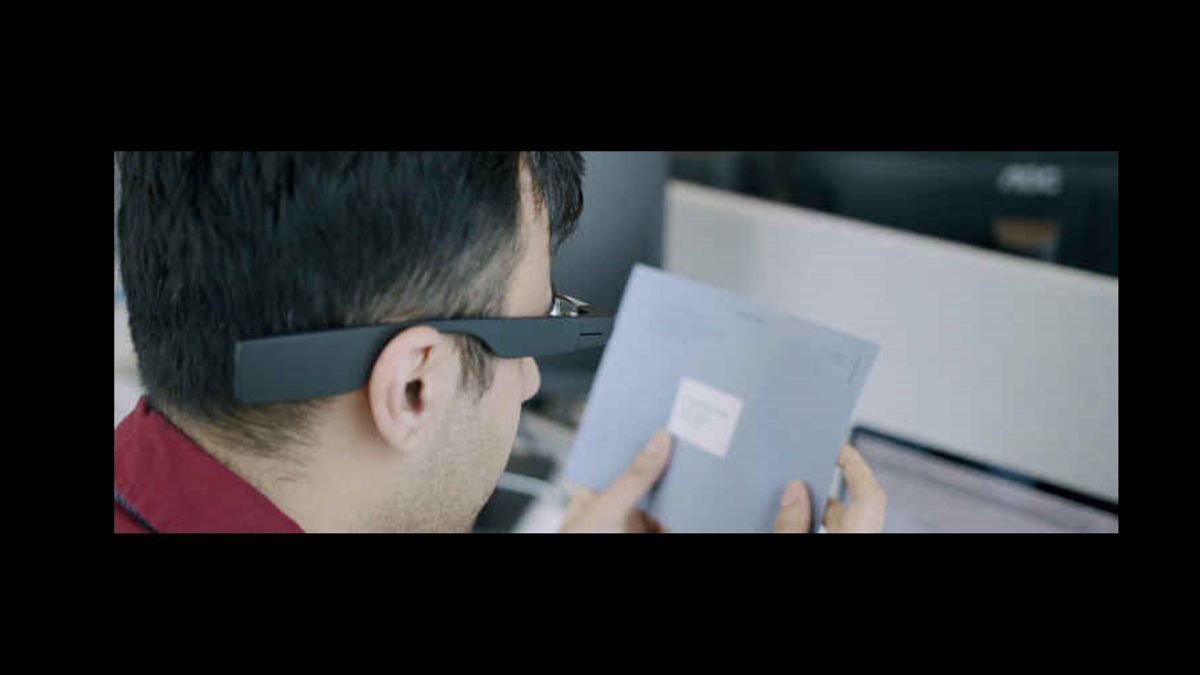Enhancing Ease Of Access Via Assistive Modern Technology for the Blind
The assimilation of assistive modern technology for the blind stands for a crucial innovation in accessibility, essentially changing just how people navigate their atmospheres and engage with culture. As we check out the diverse kinds of assistive tools and their concrete effects on daily living, it ends up being vital to analyze exactly how continuous technological developments are improving the landscape of support for the blind community.
Introduction of Assistive Technology
Assistive modern technology refers to an array of tools and software program designed to enhance the capacities of people with handicaps, consisting of those that are blind or aesthetically damaged. This technology plays an important function in promoting self-reliance and improving the quality of life for individuals. By offering different methods for accessing details and carrying out daily tasks, assistive technology equips people to browse their environments better.
The growth and application of assistive modern technology accept a variety of concepts focused on fostering access. These principles consist of user-centered design, which prioritizes the requirements and choices of the individual, and the combination of technology right into day-to-day activities. Such advancements make sure that assistive devices are not just useful however very easy and likewise user-friendly to make use of.
Additionally, assistive innovation incorporates a diverse spectrum of options, from low-tech options like magnifiers to state-of-the-art technologies such as screen visitors and Braille screens. The continuous advancement of this field is driven by the requirement to address the one-of-a-kind difficulties encountered by individuals with aesthetic disabilities (Wearable technology for low vision). As modern technology remains to advance, the possibility for enhancing availability and advertising inclusivity remains appealing, ultimately contributing to a more equitable culture

Kinds Of Assistive Tools
Many sorts of assistive devices are readily available to support people that are blind or visually impaired, each designed to resolve particular needs and challenges. These devices can be generally classified right into three main kinds: low-tech, mid-tech, and modern options.
Low-tech tools include items such as magnifiers, Braille tags, and tactile maps. These are relatively basic tools that improve the customer's ability to engage with their atmosphere without needing intricate modern technology.
Mid-tech tools frequently involve much more sophisticated attributes, such as digital magnifiers and portable Braille note-takers. These devices can supply capabilities like speech result, enabling individuals to accessibility info a lot more effectively.

Impact on Daily Living
The accessibility of various assistive tools dramatically boosts the top quality of life for people who are visually impaired or blind, affecting their daily living in extensive ways. By integrating technologies such as screen visitors, Braille presents, and audio summary services right into their routines, individuals acquire better autonomy and independence. These tools assist in access to details, making it possible for people to perform daily tasks, such as reviewing e-mails, browsing public spaces, and appreciating media web content.
Additionally, assistive tools empower individuals to engage even more fully in social communications and neighborhood tasks. The capability to make use of smart devices geared up with availability attributes enables smooth communication and connection with others. This connection fosters a feeling of belonging and lowers sensations of isolation.
In expert setups, assistive modern technology supports efficiency by enabling individuals to complete work tasks effectively. Tools like voice recognition software application and specialized magnification gadgets allow customers to get involved in the workforce on equal ground with their sighted peers.

Developments in Technology
Recent technological innovations have actually significantly changed the landscape of devices readily available for individuals who are visually damaged or blind. The combination of man-made intelligence (AI) and artificial intelligence has actually triggered applications that improve navigation and things acknowledgment. For instance, smartphone apps can currently use AI to recognize and describe surroundings in real-time, supplying individuals with useful contextual information.
Furthermore, developments in haptic modern technology have actually led to the growth of smart canes outfitted with sensing units that identify barriers and provide tactile feedback. This encourages customers to navigate their setting with enhanced self-confidence and independence. Innovations in text-to-speech software application and braille screens have actually improved the ease of access of electronic web content, permitting for smooth communication with different media.
Wearable modern technologies, such as smart glasses, are additionally making this post strides in aiding visual problems. As innovation proceeds to advance, the capacity for also more Bonuses transformative devices stays on the perspective.
Future Trends and Innovations
As technology rapidly proceeds, the future of assistive tools for people that are blind holds tremendous guarantee. Advancements in expert system (AI) and artificial intelligence are poised to revolutionize the means blind users engage with their settings. AI-driven applications are being established to enhance object recognition, allowing users to identify and browse their surroundings with greater ease and precision.
Moreover, advancements in haptic responses modern technology are making it possible for the development of tactile maps and navigating help that offer real-time info with touch. These innovations not only enhance flexibility however additionally foster independence. Furthermore, wearable gadgets geared up with increased fact (AR) features are emerging, supplying users aesthetic details with sound descriptions, consequently bridging the void in between the electronic and physical globes.
Moreover, the integration of smart home technology offers new possibilities for accessibility, permitting people to manage their living environments through voice commands or mobile phone applications. As cooperation between tech programmers and the blind area continues, the concentrate on user-centered layout will make sure that future advancements are customized to fulfill the one-of-a-kind needs of this populace (Wearable technology for low vision). The trajectory of assistive technology assures a much more empowering and inclusive future for individuals that are blind
Conclusion
In eye doctor called ophthalmologist conclusion, assistive innovation plays a crucial role in boosting access for individuals with visual problems. Continuous advancements in modern technology and user-centered design ensure that these devices provide successfully to the distinct requirements of the blind area.
The integration of assistive innovation for the blind represents an essential innovation in availability, fundamentally changing exactly how individuals navigate their atmospheres and involve with society.Assistive modern technology refers to a variety of gadgets and software program designed to improve the abilities of individuals with impairments, consisting of those who are visually damaged or blind. Wearable technology for low vision.As modern technology rapidly proceeds, the future of assistive devices for individuals who are blind holds enormous pledge. The trajectory of assistive innovation guarantees a much more empowering and inclusive future for people who are blind
In conclusion, assistive innovation plays a critical function in boosting ease of access for people with visual impairments.